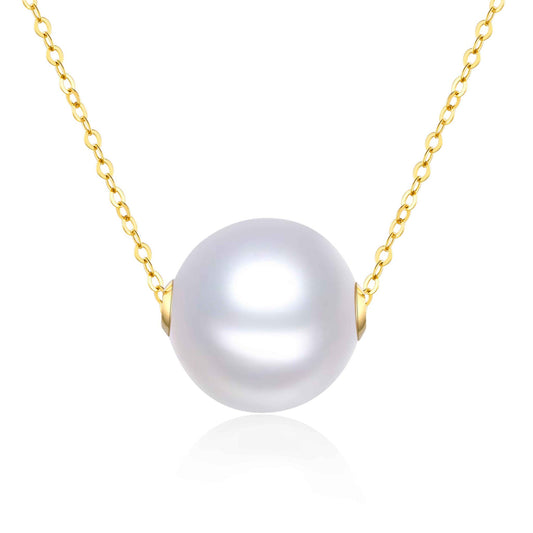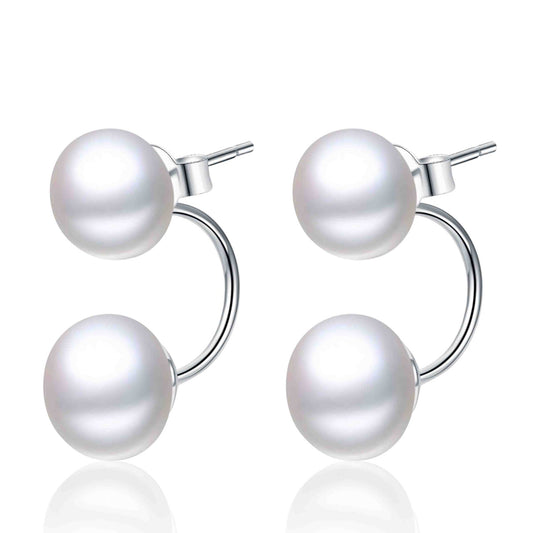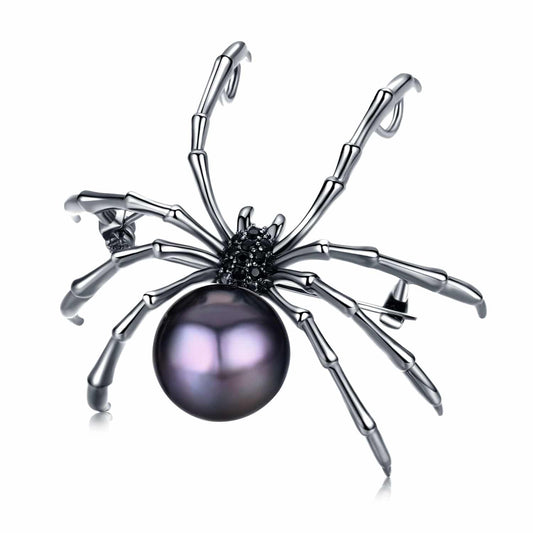
History of pearls and pearl jewelry
Share
Pearls may well be the world’s oldest gem, dating back to over 4,000 years. Many historical and religious scripts throughout the world mention pearls in one form or another, and all of these sources show that the people of the time highly valued pearls.
Pearl Jewelry in Ancient History
China
To the Chinese, pearls were prized possessions and favorite gifts given to royalty. The first known mention of pearls is in Chinese records from 2300 BC. Back then, freshwater pearls were found in the river Hwai in the province of King Hau.
India
Ancient Hindu scripts refer to pearls repeatedly, and one of them states that the first pearl was discovered by the god Krishna. Another notable mention of pearls is in Ramayana – the ancient, epic poem – which describes a necklace comprising of 27 pearls.
Egypt
Around 4000 BC, the ancient Egyptians were rather fond of the mother-of-pearl (shell), but not so much of the pearl itself. Pearls only became valuable around the 5th century BC, although this date is under dispute. The mother-of-pearl was used as decoration of their living spaces as well as themselves. They created jewelry from beads made from the shells.
Roman Empire
To the Romans, pearls were a symbol of wealth and prestige and fit for a god. They took this quite literally and adorned the marble statue of the goddess Venus with the best, largest, and perfectly round matching earrings that they could find. They felt so strongly about the superior value of pearls that they tried to prohibit those not deserving them from wearing pearls.
One story tells how Cleopatra said to the Roman leader, Marc Anthony, in a banquet she was holding in his honor, that she could make the most expensive dish ever provided. Much to his surprise, she went ahead and dropped one of her pearl earrings in sour wine (vinegar). The Pearl dissolved, she drank her pearly cocktail, and without a doubt, she won the wager.
Greece and Persia
The Greeks believed pearls brought love and were, therefore, a prominent feature at many a wedding. Homer famously described Juno’s pearl earrings in the Iliad. The Metropolitan Museum of New York had a Greek necklace from 2,300 years ago on display up until about a 100 years ago.
The Persian Gulf had countless natural oyster beds – it may have been the largest and oldest ever known – and was the principal source for pearl jewelry in Greece. The Koran describes that one of the greatest treasures provided in Paradise are pearls. Pearls are also depicted in many ancient Persian sculptures and coins. Perhaps the oldest pearl necklace still in existence – found in a 2,400-year-old tomb of a Queen – is known as the Susa necklace. This necklace has three rows of 72 pearls each and has been on display for over 100 years in the Louvre’s Persian gallery.
Pearl Jewelry in Modern History
North America and Europe
When the Spanish explorers landed on American soil, they were surprised to see the vast amounts of pearls they encountered in the New World. As the story goes, a certain Native American princess gifted freshwater pearls to the Spanish explorer and conquistador, Hernando de Soto, amongst other things. At the time, there were many lakes and rivers with large deposits of pearls in them. Colonizers from France, Spain, and England could not wait to send these treasures back to their homelands. Queen Elizabeth I was very fond of pearls, and many historical paintings and later photos of nobles showed them wearing excessive amounts of pearls in their hair, in crowns, sewed onto their clothes, and of course as pearl jewelry.
In the 1800’s pearls were found in the Upper Mississippi River, starting a treasure hunt that could almost be compared to the gold rush in California. Millions of mussels were killed in the process, and the pearl supply dried up in the 19th century due to overfishing and pollution. Not only pearls were in demand. The mother-of-pearl (mussel) was used to make buttons. Billions of mussels were extracted and processed into buttons, until the mid-20th century when plastic buttons replaced the mussel variety. In its heyday in 1899, there were 60 button factories in the Mississippi River Valley, and in 1922, it was the largest and most profitable inland fisheries in the US.
The Age of Pearl Culturing Starts
During the late 1800’s and early 1900’s, Japanese researchers were looking for techniques to cultivate pearls to increase supply to meet the growing demand for pearls. The first successful and most famous was Kokichi Mikimoto, who in fact used a technique developed by the British/Australian marine biologist William Saville-Kent. Kokichi was a pioneer of the cultured pearl industry and master of persuasion. He managed to convince buyers that these cultured pearls were just as valuable as the natural pearls. And so the age of pearl farming started.
In less than 50 years, pearls became available to anyone – it was no longer exclusive to only the super-rich and Royals. Today, high-quality pearls are affordable to the general public. Timeless Pearl is proud to be able to bring exceptional pearl jewelry to every woman.



